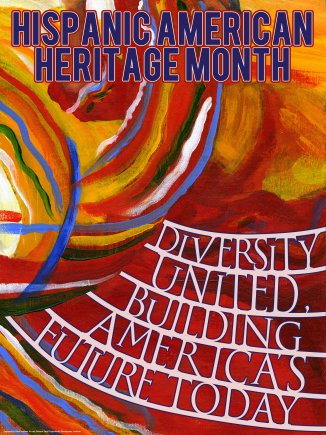March is women’s history month and the Harris County Law Library marks this important commemoration with an exhibit celebrating the contributions of Camille Elizabeth Stanford Openshaw. Among her many accomplishments, Ms. Openshaw was the first woman to serve on the Law Library’s oversight board and helped shepherd the institution through the Great Depression. All who benefit from access to legal information at the Law Library today can thank Ms. Openshaw for doing her part to ensure access to the Law Library for all.
To learn more about Ms. Openshaw, please visit the Harris County Law Library’s downtown location, where an exhibit honoring her accomplishments will be on display throughout the month of March. An accompanying digital exhibit can be viewed on the library’s website.









